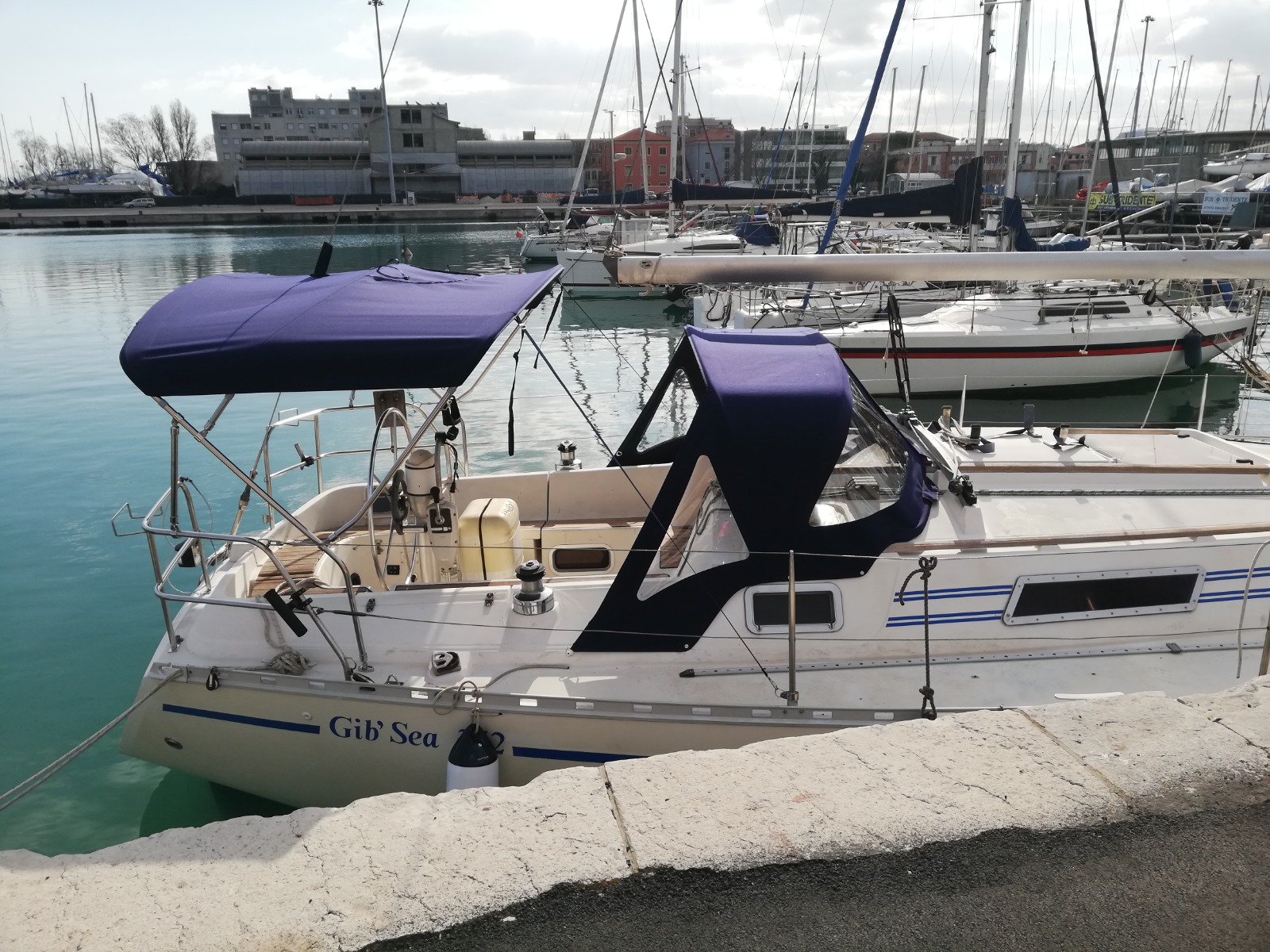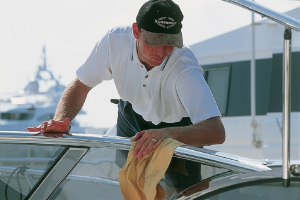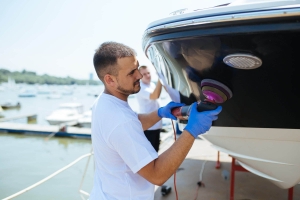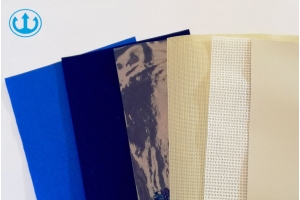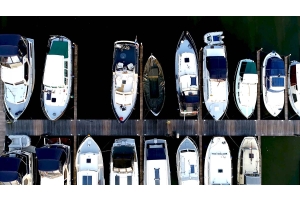HOW TO CHOOSE THE PERFECT COVER
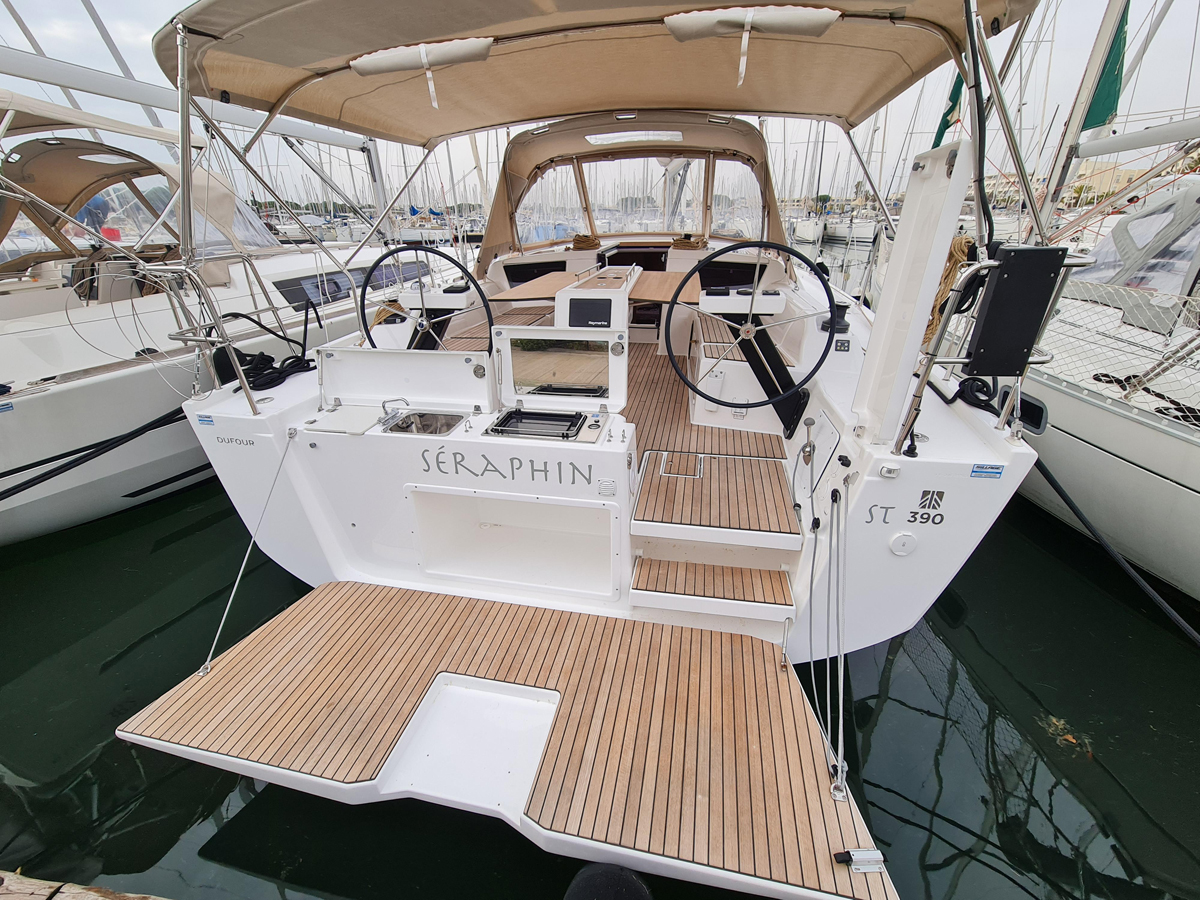
Boat covers: advice on how to choose the right ones
A cockpit well sheltered from rain, spray and direct sunlight significantly increases the comfort of the crew during navigation, cruises and outings along the coast. But it also lengthens the life of fittings, cushions and navigation instruments.
This is why, in order to protect their boat from the elements, more and more yachtsmen make extensive use of bimini tops and hoods. In fact, these components exponentially increase on-board comfort and once installed it is very difficult to give them up.
So let's see what advantages they offer, any critical points, shapes and materials with which they are made and above all how to choose the most suitable product for our needs.
With good coverage, being on the boat is a pleasure
Generally speaking, the soft top, which the Anglo-Saxons call the "sprayhood", serves to protect against water, while the bimini, commonly known as the "awning", allows the crew to be sheltered from the sun's rays.
Both of these accessories provide shade and reduce the heat of the interior, but also protect the crew as well as the table, seats and navigation instruments from spray, wind, rain and humidity.
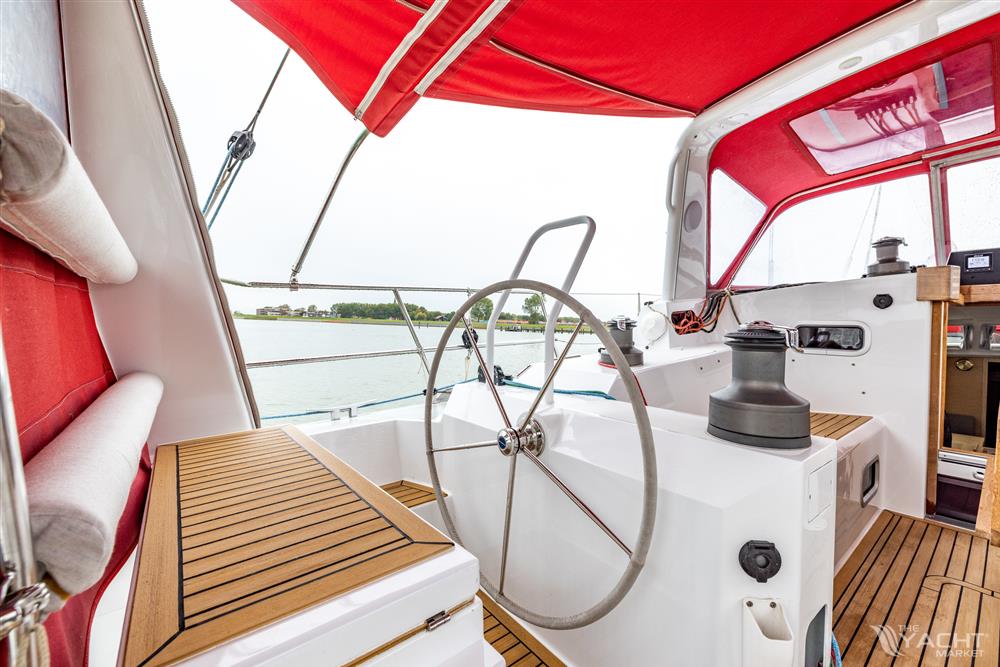
The degree of protection and comfort of these components depends a lot on the models, materials and fastening systems chosen. Let's look at each of these factors in detail.
PUT A TOP AND THE COCKPIT WILL BE WELL PROTECTED
Let's start with the hood. Until a few years ago this component was an exclusive legacy of Nordic sailing cruisers, such as Moody, Baltic, Hallberg Rassy, Oyster, just to name a few. Boats suitable for navigation in harsh climates and in the demanding waters of high latitudes.
Recently, however, soft tops are also being shown off on yachts sailing in the calmer and sunnier waters of the Mediterranean or the Caribbean. In fact, even in these seas there is no shortage of gusts of wind, downpours, breakers and "wet" navigation. So the comfort of a convertible top when needed is not a bad thing.
The cockpit remains dry and the interior itself can "breathe" since the hatch can be left open even in these conditions. Furthermore, under the textile dome you can easily consult the details of a nautical chart without risking dampening it, as well as appreciate the better visibility of the navigation instruments.
To protect the helmsman and crew and allow them to juggle the maneuvers, it is necessary to choose a rather large hood, even if this will inevitably reduce the visibility of the helmsman. It is therefore essential to choose a model that can be easily folded down and has large transparent PVC windows.
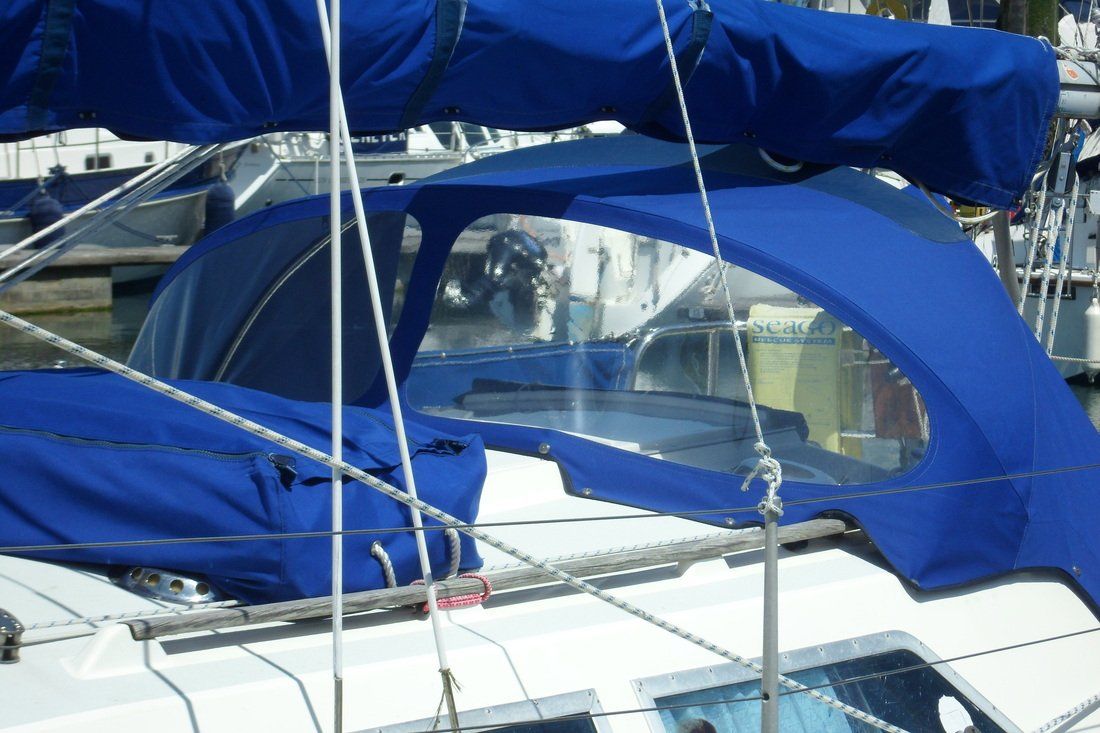
Need a sprayhood? Request a quote!
BIMINI IS PERFECT AGAINST THE SUN BUT BEWARE OF STRONG WINDS
The bimini also provides plenty of shade and protects the cockpit from the elements.
It is usually installed on arched metal structures. In this case it is necessary to choose a model of the right size to prevent it from hindering the adjustment maneuvers of the mainsail and rubbing on the boom, especially when going upwind. When setting up the awning, another factor to consider is the intensity of the wind. Most sailboat biminis, unlike those for motor boats, are designed for winds not exceeding 28-30 knots, beyond which the fabric or fastening systems could fail.
The advice is therefore to promptly close the bimini in the event of sustained winds.
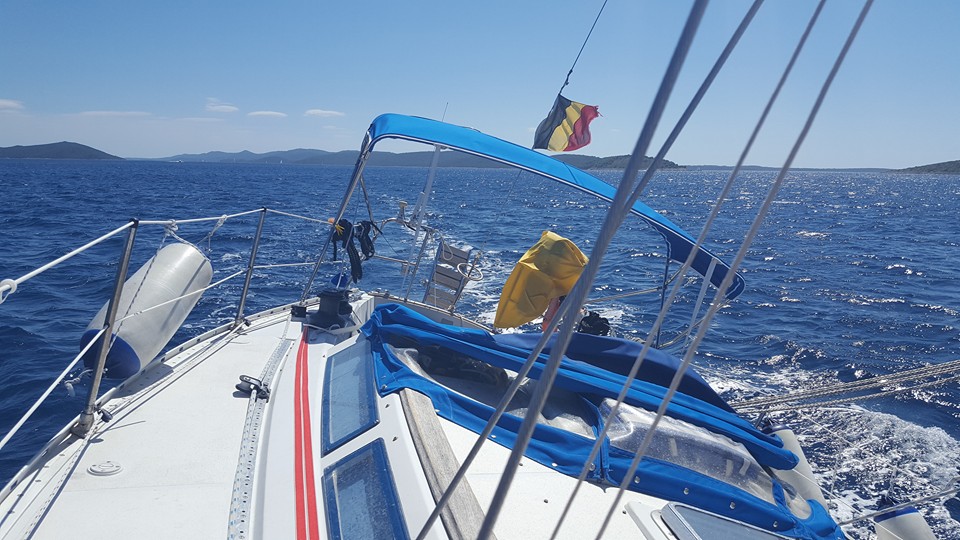
Discover the entire range of awnings signed by Nettuno Marine Equipment®!
WATERPROOF AND BREATHABLE FABRICS
As for the bimini and hood fabrics, these are in most cases in polyester and can be water-repellent, waterproof and breathable.
In general, the impermeability of a fabric is entrusted to particular coatings which can be limited to only one side of the fabric or both. The type of lining also determines the degree of breathability of the fabric. In addition to blocking the passage of water, the smooth coated surface offers less dirt grip than the texture of a bare fabric and therefore the removal of dust and saltiness will be easier.
The tear-proof properties of the fabrics are also important, which in some cases have special textures that block any cuts and holes, limiting damage and repair costs. As for the colors of the fabrics, the vast chromatic range allows you to customize the bimini and hood and harmonize them with the design of the boat.
On our website we offer the AIRTEX®100% resin-coated polyester fabric, by the Milanese company Mehler Technologies. A light and adaptable fabric available in a wide range of colors!
FRAME: MATERIALS AND SHAPE MAKE THE DIFFERENCE
The bimini and hood frames are made of stainless steel or aluminium. The former is more aesthetically pleasing and has reduced maintenance. The painted aluminum structures are certainly lighter, but in the connection points with screws and stainless steel bases they are subject to galvanic corrosion. Furthermore, any infiltration of salty water under the paint, through scratches and nicks, could oxidize the aluminum and cause swelling with consequent detachment of the paint.
The shape of the frame is decisive for the efficiency of the bimini and hood: it must ensure a natural drainage of the water since in the depressions the small puddles, under the weight of the water, tend to widen and deform the canvas and the tubes, subjecting the seams and the hinges to heavy loads. Furthermore, stagnant water damages the fabric and favors infiltrations.
Also important is the resistance of the frame, proportional to the number of arches and the diameter of the tubulars, to cope with demanding marine weather conditions and to resist the "improper" use of the equipment, often used as a handhold by the crew.
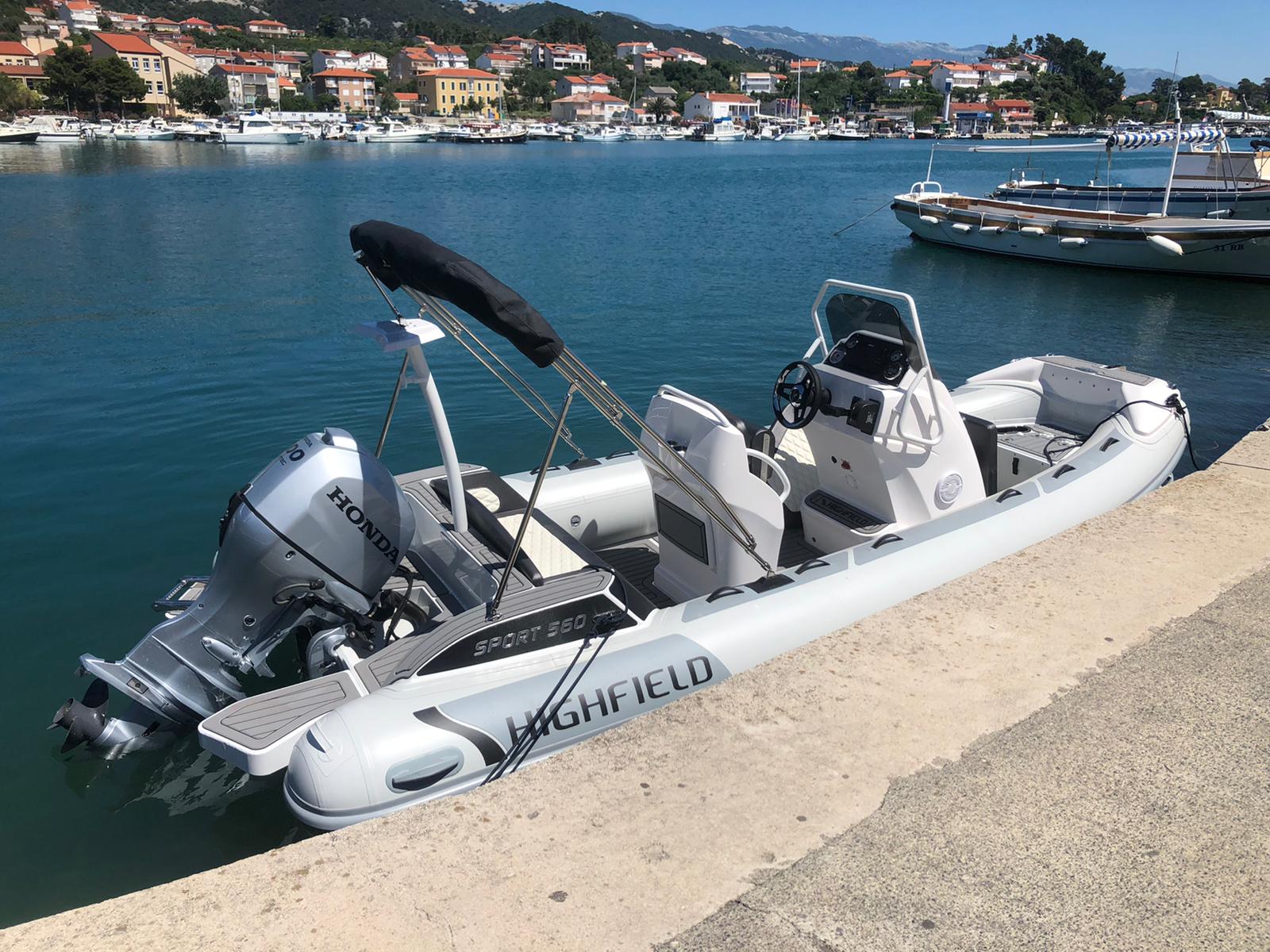
Thanks to our Technical Office and Mechanical Workshop equipped with qualified personnel and numerical control machinery, we at Nettuno Marine Equipment are able to design and manufacture frames for biminis and other standard or customized tubular structures, meeting specific needs of every owner!
FIXING: ZIPPERS, BUTTONS AND EYELETS
The tension adjustment of the hood or awning is entrusted to tapes sewn on the fabric or belt tensioners, equipped with plastic or metal terminals to release or stretch the structure.
To allow the opening of windows and the fixing of the fabric to the frame, Velcro and zippers are used. Velcro is quick to open but laborious to close if you don't want to create folds and depressions. Furthermore, in the long run, the "biting" part of the velcro in the sun loses its grip. The hinges are much more practical, especially the plastic ones that are not affected by the salt. Alloy hinges are more resistant over time as long as you periodically remove the oxidation caused by the saline environment.
The front base of the hood fabric can be attached to the deck with press studs or eyelets. For a good seal, both systems need numerous anchor points and appropriate reinforcements on the fabric. As for the types of bases for fixing the frames to the deck, the market offers fixed bases, sliding on rails and also with joints for orientation.
In any case, if the structure is well made, too "sophisticated" bases are not needed, which complicate the adjustment and offer a lower overall rigidity.
Care, durability and custom covers
In short, the hood and bimini are fantastic components that offer the right protection on a boat from the sun's rays, downpours, spray and waves.
Quality fabrics, resistant structures and frequent maintenance lengthen the life of these precious accessories which, if well maintained, can accompany us at sea and during stops in port or at anchor for even 5-7 years.
Furthermore, especially for those who have special boats or demand the most from hoods and biminis, there is also the possibility of purchasing these completely customised, made-to-measure and handcrafted covers. And of course the difference in this case can be seen…
